STATE OF SOUTH AFRICA'S PROVINCIAL RESERVES
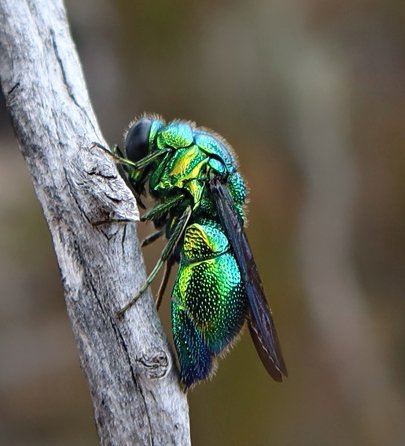
May 2023
THE ESKOMIFICATION OF BIODIVERSITY
South Africa's provincial nature reserves are the backbone network of wilderness areas, many still pristine, which provide affordable immersions in priceless landscapes.
In a secular world these are the closest places we have to sacred spaces.
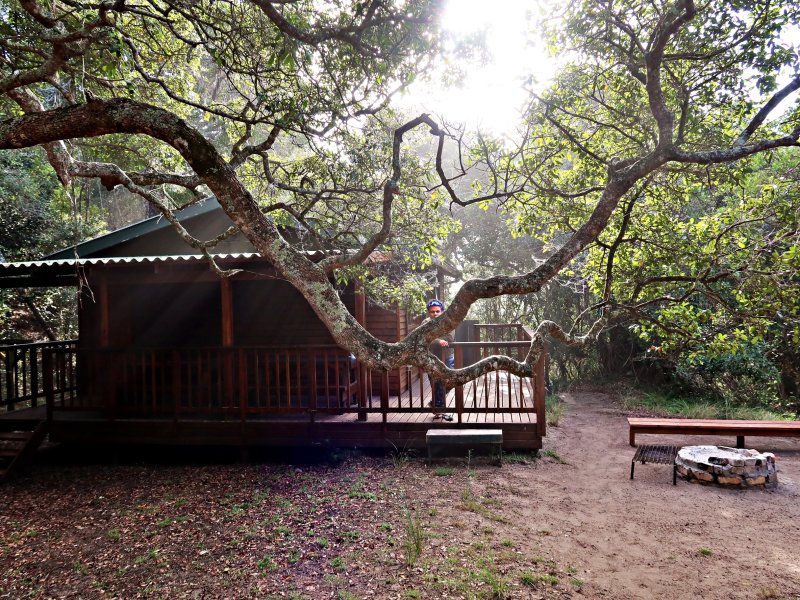
Beyond the benefits of leisure and adventure, they perform essential eco-services for human and non-human wellbeing.
A report into South Africa's provincial Nature Reserves - especially those with a high conservation value - paints a dire picture. Only Cape Nature comes out looking ok.
While that may be good news for those who enjoy reconnecting with the mother-ship in the Western Cape province, the abundance of biodiversity for which this country is famous, and which vitally filters and funnels our water sources, is in many other parts of this country, under threat.

The diversity of all beings who live in these places plays a vital role in keeping all of us healthy. When natural connections between us thin out, then reciprocal, biological and empathetic relations break down, flora and fauna sufferers, more individuals die out, soil erodes, rivers run slow to a bare trickle, and dry up.
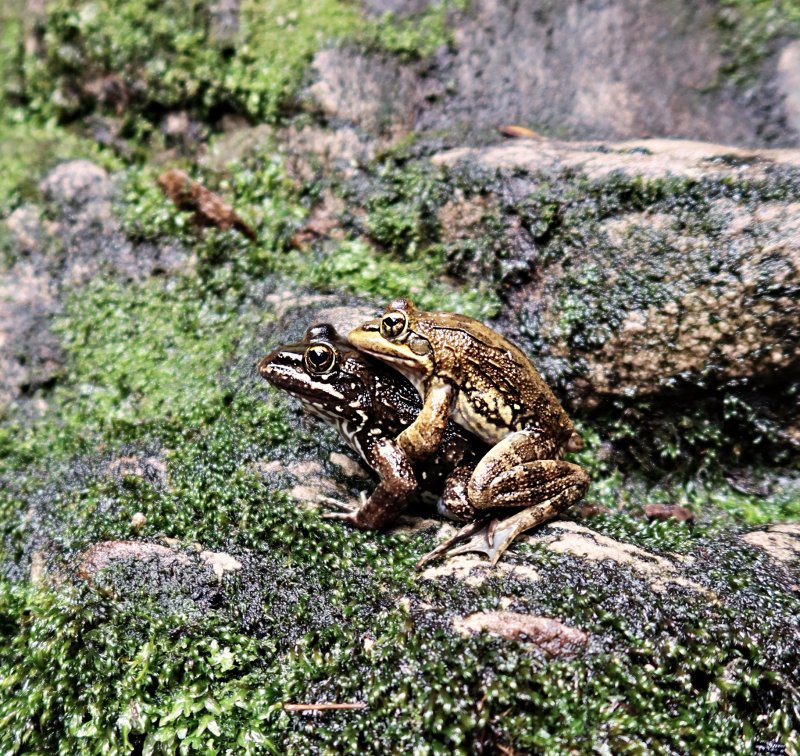
South Africa's government has a legal obligation to ensure that provincial reserves are effectively managed. But many protected habitats around the country face severe difficulties that are described in terms that South Africans have become all-too familiar with over the last couple of decades.
One of the report's writers, Dr Ian Little, Head of Conservation at the Endangered Wildlife Trust, describes a “state of steady degradation of political will to support the reserves at a national scale.” Understanding the importance of valuing protected areas is lacking and there's dwindling financial support.
The report points to problems of skills shortages, political interference, lack of staff motivation, infrastructure maintenance, and “procurement processes.”
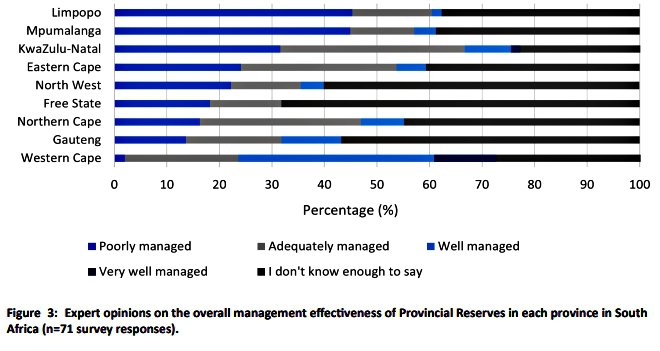
(credit: Endangered Wildlife Trust 2023 State of Provincial Reserves in the Republic of South Africa)
The Western Cape doesn't come out totally unscathed. Table Bay Nature Reserve, a victim of the City of Cape Town's failing management of the key biodiversity hotspots, is on the report’s list of low scorers.
Dr Little also points to issues of communities that live close to protected areas where benefit-sharing needs to be addressed.
Carelessness in this regard is exemplified by a protected-only-on-paper key wetland in a Kwa-Zulu-Natal reserve, which is now a patchwork of subsistence cabbage crops. What pesticides are being sprayed on these crops? Where does the runoff flow? Who lives downstream?
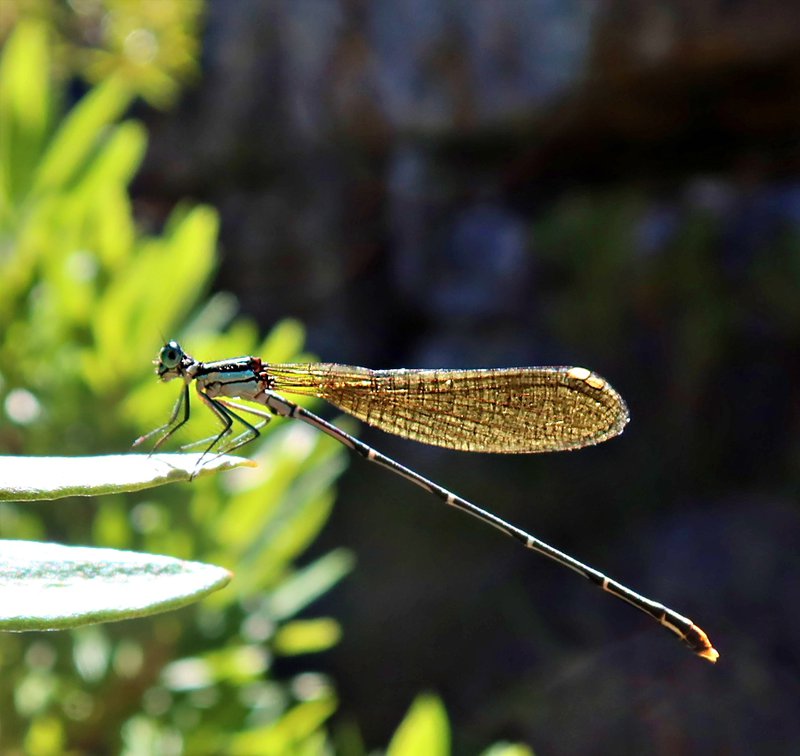
People may question the perception that there is a prioritisation of small insects and pollinators over human livelihoods. But, Dr Little says, the magic of a healthy biodiversity is that those living nearby are enriched.

Little uses the metaphor of how an aeroplane is held together to explain how crucial biodiversity is. A few loose screws would not cause a plane to crash. But when enough screws have fallen out …
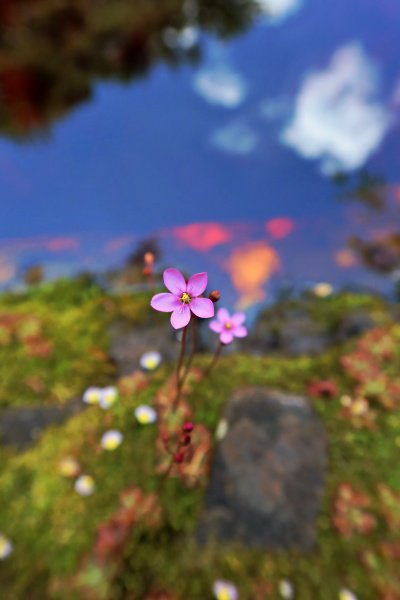
KEY RECOMMENDATIONS
With so many officially commissioned reports lying around this land's halls of power gathering dust, it seems as if summarizing the investigators' recommendations is an exercise in futile blah blah blah. But here goes.
Provincial reserves with low management scores should be prioritised. Start by hiring skilled and experienced staff; urgently refurbish infrastructure to fully realise the tourism potential of these areas.
Inaction could lead to these reserves being unable to meet their conservation mandate or generate tourism income to their full potential. Partnership and collaborations, such as with private sector entities, NGO's, and local communities, should be explored as co-management options to provide technical support; build a capacity, and increase benefit sharing opportunities. The latter in particular could lead to sustainable conservation objectives as well as much needed community development.
A SPIRITUAL -SCIENTIFIC SYMBIOSIS
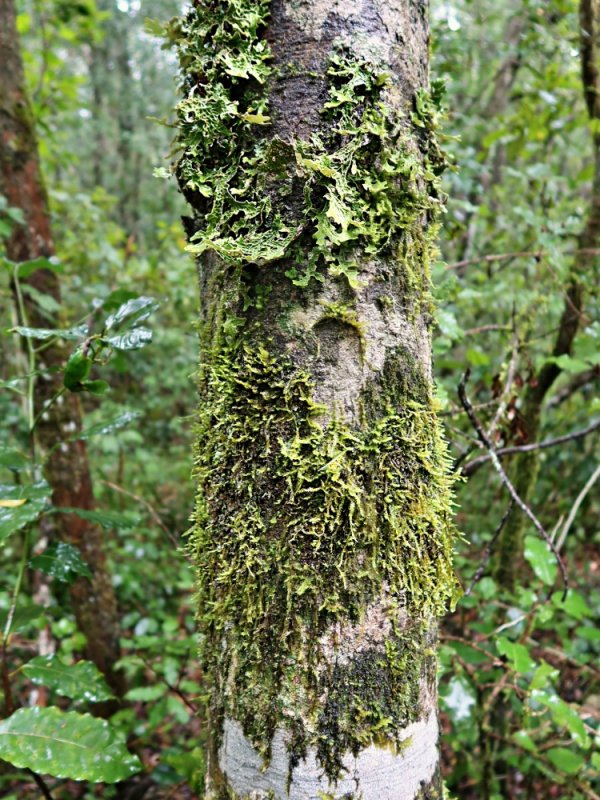
I couldn't help feeling while I was reading this report that its writers have European sounding names, and the issues in it sounded like overly Western-oriented and all too biologically mechanistic concerns.
So it was with some relief that evening that I heard on the wireless a local spiritualist who seemed to be preaching from a similar book to the report, but from a different angle: “African living is natural living for people of the Land,” he said. “Water, soil, air - In the middle of these three elements, humans are at the centre.”
Yes but. Isn't this still a far too human-centric notion?
Just being in any wild, or would-be-wild environment, allows one to sense that for all of us, there really is no centre, except for where many of us modern humans now live - in towns and cities; technological bases for our material existence, and that rely on the health of our increasingly rickety network of nature reserves.
